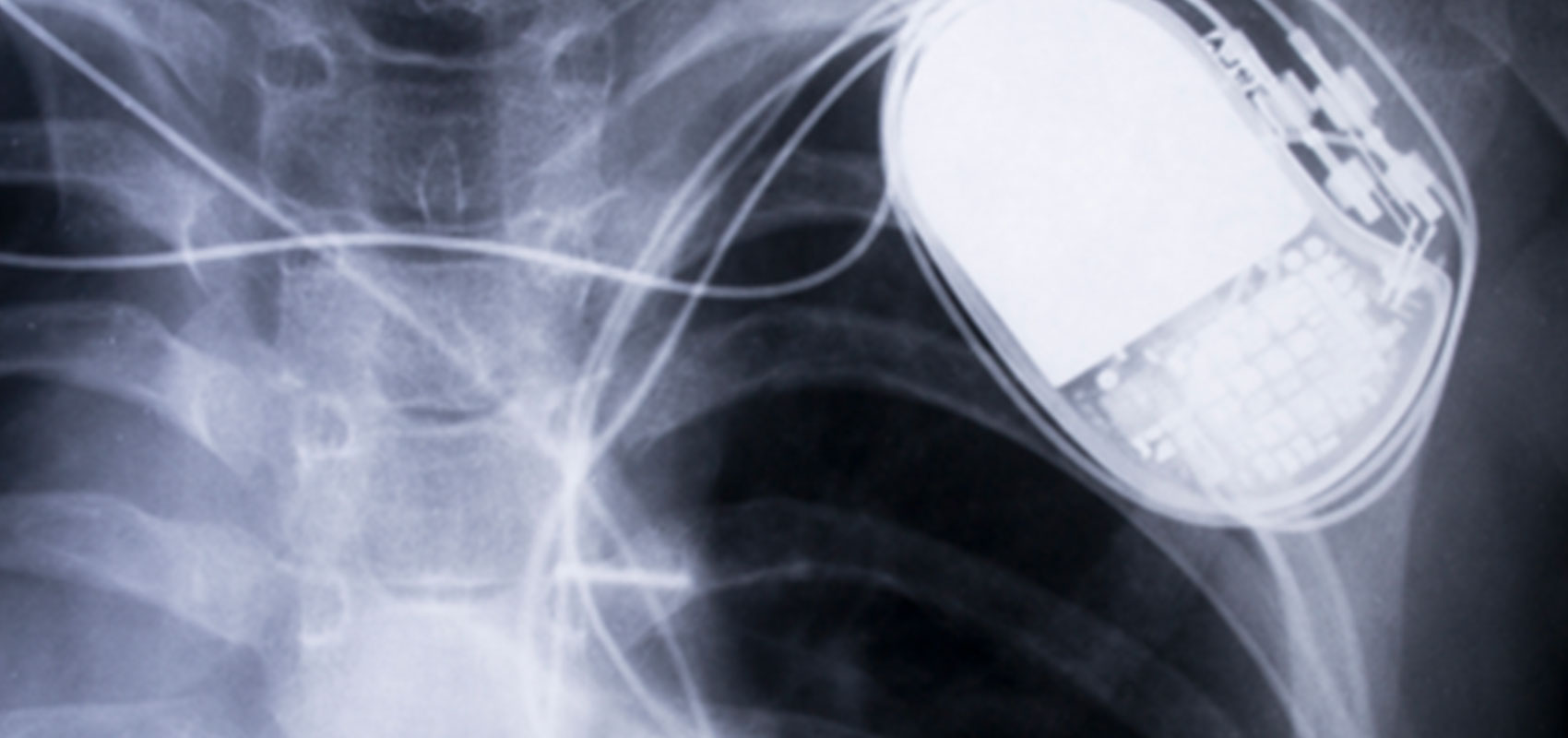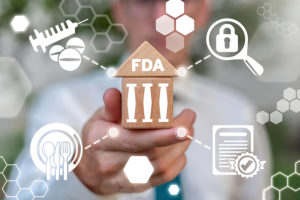
FDA Releases Statement on its Medical Device Safety Action Plan
On April 17, FDA Commissioner Scott Gottlieb released a statement regarding the agency’s latest efforts to enhance and modernize its approach to medical device safety and innovation. Aimed at protecting patients and promoting public health, the Medical Device Safety Action Plan outlines how the agency will encourage innovation to improve safety, detect safety risks earlier, and keep doctors and patients better informed. He outlined the plan’s five key focus areas:
- Establish a robust medical device patient safety net in the U.S.;
- Explore regulatory options to streamline and modernize timely implementation of postmarket mitigations;
- Spur innovation towards safer medical devices;
- Advance medical device cybersecurity; and
- Integrate CDRH’s premarket and postmarket offices and activities to advance the use of a Total Product Life Cycle (TPLC) approach to device safety.
In his statement, Gottlieb addressed the vulnerability of medical devices and highlighted the importance of addressing the risks that cybersecurity threats pose to patients. He said that the FDA wants to “..make sure that the new advances in technology that are enabling better capabilities and benefits are also harnessed to bring added assurances of safety, so that more patients can benefit from new devices and address unmet needs.”
He also said the agency was “exploring further actions we can take to spur innovation towards technologies that can make devices and their use safer.” This might include developing a program similar to the Breakthrough Device Program, which would support the development of devices clearly intended to be safer than currently available technologies. He went on to say that the agency may also require partnerships and shared responsibility among FDA, industry, practitioners, and patients to evaluate and adjust continuously based on experiences across the full life cycle of a device.
At Thirdwayv we couldn’t agree more with the FDA’s safety emphasis. We are on track to become the first company offering an FDA-approved smartphone-based control solution for a life-sustaining drug delivery device. We’ve worked closely with our customer and the agency along the way. This gives us unique visibility into the challenges of connected healthcare solutions in the IoT, where it is critical that there be an end-to-end, “security by design” approach to ensuring that all actions, connections and communication within the system can be trusted, across the full lifecycle of the device.
The FDA is now soliciting formal comments on its draft plan. We will be providing input and encourage others to do the same. This is a pivotal moment as we embrace unprecedented opportunities for groundbreaking new care modalities outside of traditional clinical settings. At the same time, we have the critical responsibility to ensure we mitigate all risks to patient safety in today’s increasingly dangerous digital world.
Related Posts
Popularity of Remote Patient Monitoring Skyrockets — Is it Secure?
A recent report from commercial intelligence platform provider Definitive Healthcare revealed that remote patient monitoring insurance reimbursement claims rose 1,294% from January 2019 to November 2022. It’s likely that a desire to minimize contact during the pandemic drove much of this demand. But remote patient monitoring claims continued to grow even after people resumed face-to-face…
Countdown to Safer Medical Devices
A six-month clock started ticking late last year, counting down to the FDA’s new deadline for updating its public-facing guidance for improving the cybersecurity of medical devices. This requirement became law on Dec. 29, 2022, as part of a $1.7 trillion Omnibus Appropriations Bill that also includes new rules for submitting applicable medical devices to…
Getting Real about Real-Time Location Systems
Real-Time Location Systems, or RTLS, emerged in the 1990s for use by government and military entities. The technology has been adopted in manufacturing, logistics and aerospace applications for years. Now it is coming into its own in a growing variety of other applications, from healthcare consignment inventory management to retail item tracking. It’s time to…



